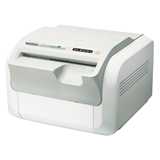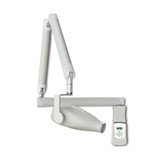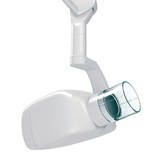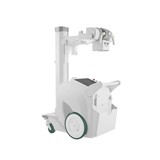The first big question for stretchers to be used in ED, trauma or emergency roles is ‘does it require x-ray functionality’?
There are two clear options when it comes to emergency stretchers, and it depends on what treatment you must be able to provide to your patient. This article aims to provide options that could be best suited for the requirements that may or may not be needed.
No, I don’t need x-ray, so now what?
Firstly, you need to ask, will the stretcher mostly remain in one location (such as an occasionally used medical room) or will it often be on the move?
If you’re a small facility which is accommodating for a lower number of injured or walk-in patients, then it may be worth considering something as simple as the Contour Exami. This stretcher is a lower cost option, offering a solid patient platform in two widths, with choices for all critical emergency and patient positioning functions such as high/low, tilt, backrest, dropsides and CPR release. Unnecessary functions like integrated steer/brake systems, removable battery and storage covers have been removed to ensure an economical and relevant outcome.
If space is a premium, or you are needing to cater for a high number of walk-in patients, then another option would be the Contour Recline stretcher chairs. They are easy to move in and out of tight areas meaning a higher patient throughput and reduced waiting times. Patients can be positioned easily from sitting upright to a full recline, or lay completely flat with the stability of twin columns under the chair and emergency CPR.
If it’s for a larger, more busy facility with high throughput requirements, then the Contour Classic or Contour Portare will be a better solution. Both stretchers essentially do the same thing, they reliably transport patients throughout demanding healthcare environments, while providing a specialist platform for procedure and recovery. There are a range of accessories and unique customisations that can morph these stretchers into just about anything that the current healthcare emergency department needs to help drive efficiency. However, there are some differences between them that change your outcomes.
Yes, full x-ray compatibility is very important!
The Contour Multi-X and Contour Portare-X have been designed specially for emergency departments and efficient radiology. Both of these stretchers are designed for the most demanding situations, with full body x-ray coverage which can be customised to work with many x-ray brands with the latest digital technology, while helping to reliably transport patients throughout busy emergency departments and providing the best platform for procedure and recovery. They feature the unique patented InfineX design, with full body length and width, head to toe, x-ray cassette coverage with no unwanted obstructions such as standoff plates and levers, ensuring an uninterrupted radiology experience every time.
With a range of specialised ED accessories and customisations such as chest x-ray and C-spine provisions, you can develop these into exactly what your department needs for best efficiency and throughput. There are some differences between these two stretchers that may affect what you need.
Now that’s a lot of information and decisions to make but we hoped this has helped bring some clarity around the types of equipment out there and where it’s going to bring the most efficiency for you and your facility.
If you still haven’t found exactly what you need, contact us directly and speak with one of our team straight away who can give expert advice and guide you through the process of choosing the right tools for the right job!


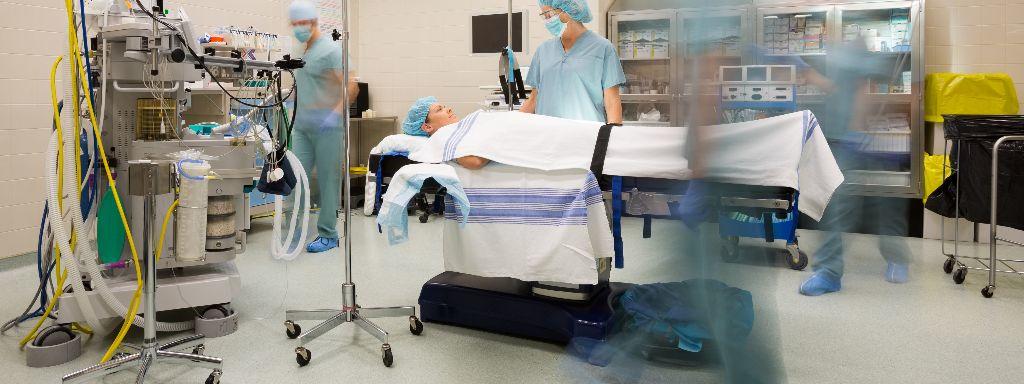
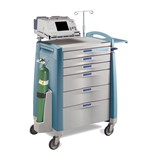


-160x160-state_article-rel-cat.png)











